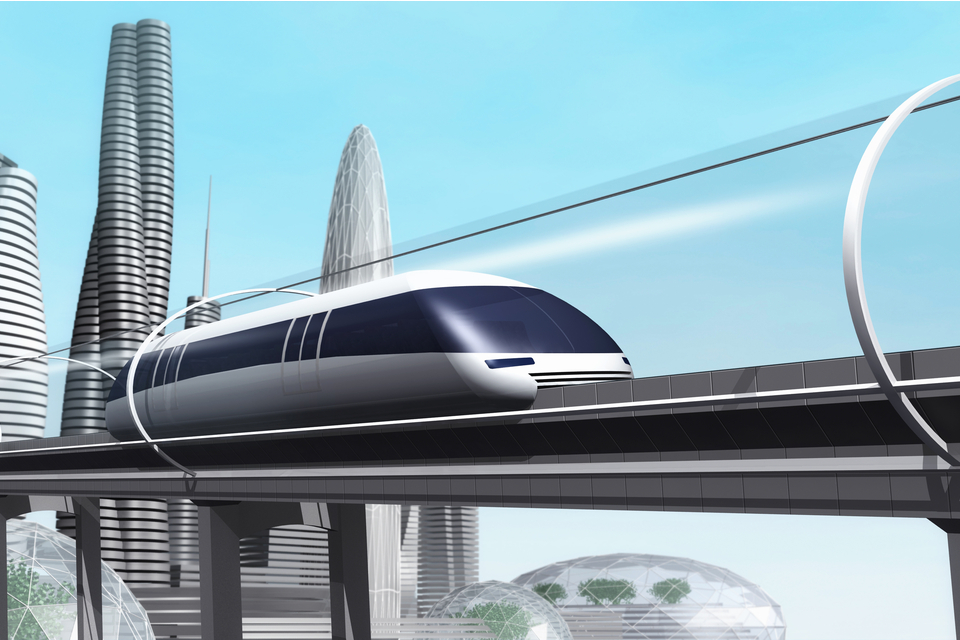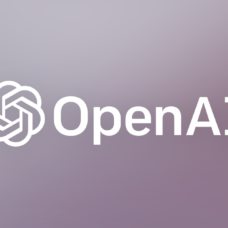As our present transportation system powered by fossil fuels continues to be brought under scrutiny by environmentalists and politicians alike, alternative forms of mass transit are being developed. Take Elon Musk’s Hyperloop, for example, which would use simple electric motors and air pressure to send passenger trains across distances at speeds near the speed of sound.
Proponents of the Hyperloop train system highlight its relatively low costs and energy efficiency. For example, if one of these systems were to be implemented on a large scale, it could potentially be powered entirely by solar energy panels that cover the exterior of the structure.
What’s more, given its unbelievably short travel times, could an idea like Hyperloop change the face of travel as we know it?
The Hyperloop Train Isn’t Such a new Idea
In 2013, Elon Musk proposed Hyperloop as an alternative to the expensive $68 billion California High-Speed Rail Project.
In his proposal, Musk outlined how Hyperloop technology would employ suspended pods traveling in a near-vacuum environment, and at nearly the speed of sound.
With Hyperloop, the current 7-hour or more trip from Los Angeles to San Francisco would only take 30 minutes.
Compared to the California Project, projected Hyperloop construction costs are also cheaper, as the new transportation system would require about $6 billion to build – that’s a tenth of the proposed California High-Speed Rail system.
Aside from dramatically cutting timetables and costs, Hyperloop’s futuristic design immediately captivated the public. Musk himself has said that his system is a “cross between Concorde, a rail gun, and air hockey table.”
However, the fundamental idea behind the rail system is not new; a similar system was originally proposed in 1972 as a Very High-Speed Transit (VHST) system that would employ magnets and a low-pressure tube similar to Musk’s proposed system.
But, as Musk himself admits that he has several other projects to work on, he has thus invited other innovative minds to test his system.
Two companies, Hyperloop One and Hyperloop Transportation Technologies, are currently in the race to build a workable system and have raised millions of dollars from private investors.
“THE TRIP FROM LOS ANGELES TO SAN FRANCISCO WOULD ONLY take 30 MINUTES.”
From Imagination to Reality
Hyperloop Transportation Technologies built a 5-mile test track in Quay Valley, California, while Hyperloop One has been testing its technology on 1.9-mile (3 km) test tracks in Nevada and Australia. Elon Musk, through his company SpaceX, is also building a 1-mile test track in Hawthorne, California where the company headquartered.
The Australian system under development by Hyperloop One is similar to its competitors. However, Australia is a unique testing site because it is characterized by vast uninhabited spaces and the subsequent need to link dispersed cities together.
For instance, passengers using the Melbourne to Sydney air route (which is considered one of the busiest in the world) are in need of alternative means of travel.
Currently, it takes 90 minutes to travel between the two cities, but a Hyperloop train could cut that time in half.
Hyperloop One is also working on a collaboration in Dubai to explore the possibility of building an underwater hyperloop train.
On the other hand, Hyperloop Transportation Technologies, entered into an agreement with the Slovakian government to build Hyperloop systems that would connect several cities for a proposed $200–300 million dollars.
Very soon the way we connect to other places could cost us and the planet much less.



















Comments (0)
Most Recent